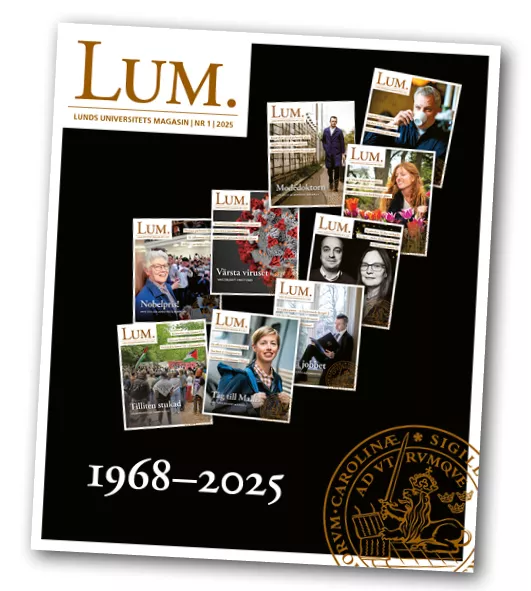The small model of the brain is called an organoid and is made up of reprogrammed induced pluripotent stem cells (iPS) that have been guided into differentiating into small, simplified brains. Anna Falk’s research focuses on genetic diseases of the brain’s neurons – in particular intellectual development disorders and neuropsychiatric diagnoses such as Down syndrome, autism and schizophrenia. By taking a skin biopsy from someone diagnosed with autism and reprogramming the cells, first into iPS cells and then into brain neurons, she can follow their development and compare to what happens in a miniature brain from a person without an autism diagnosis.
“The brain is what makes us human, but we know less about it than about other organs. It is therefore incredibly exciting to be able to follow its development in the early embryonic stage in our culture plates.”
A "simple" process
The process of reprogramming skin cells into brain cells is “simple”. Anna Falk adds four genes to the culture plate containing the skin cells. With the help of a lipid or a weak electrical impulse, the surface of the skin cell is broken and the genes can enter. After just one day, it is possible to observe the skin cells changing into iPS cells under a microscope, but it takes another two weeks before the process is complete. Anna Falk can then add specific proteins and molecules to the nutrient solution to change the identity of the stem cells into neurons that build the miniature brain.
“It’s so incredibly amazing that it works every time. The ability of skin cells to rejuvenate and regress has fundamentally changed our view of foetal development, and a whole new field of research has been created.”
A brain after four weeks
After just four weeks, the iPS cells have developed into a miniature brain and Anna Falk can follow its growth under the microscope. She has discovered that the neurons from a person with autism develop more slowly and the projections are shorter compared to neurons from an undiagnosed individual. In the miniature brain, she has also observed that there are fewer neurons in people with autism.
“At the same time, it is difficult to draw a line of equivalence between what happens in a culture plate to real and more complex brains. There are several ‘rescue mechanisms’ in a real brain that can compensate when signals and growth go wrong.”
The miniature brain consists only of cells found in the brain. The next step is to try to construct blood vessel-like tissues to build a more complex model of a brain, where all parts have access to oxygen and nutrients. Many researchers are now trying their hand at this type of engineered tissue.
Identifying signals
Another way of using iPS cells is to grow neurons from undiagnosed individuals, which are then transplanted into the brain to replace damaged and diseased brain cells. The aim is to identify which signals are important for the production of perfect neurons and how to treat those that are dysregulated.
“This would mean that we could treat developmental and neuropsychiatric disorders for which there is currently no treatment. I hope that my research will be part of revolutionising healthcare in the future in this way.”






